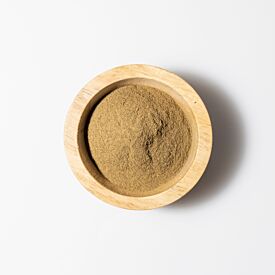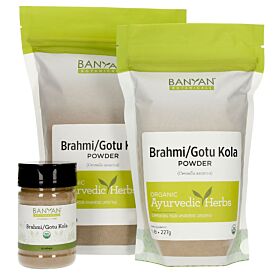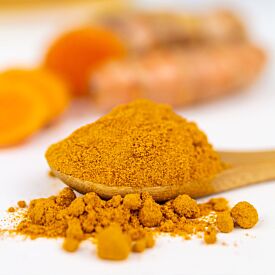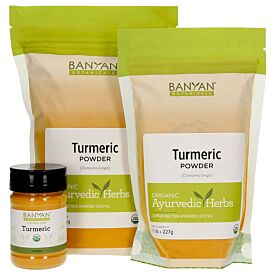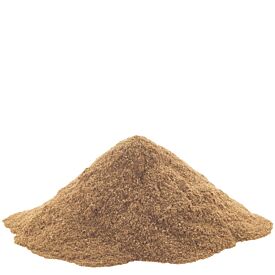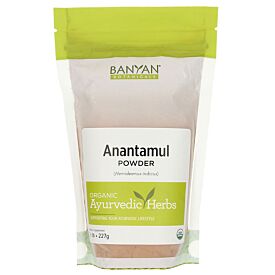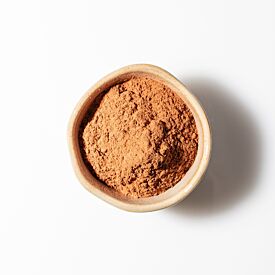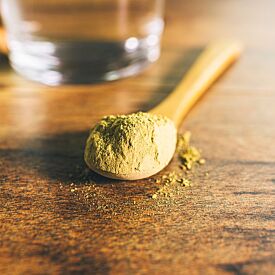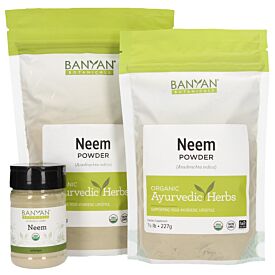The Sweet Beauty of Healthy Skin’s Key Ingredient—Anantamul (Hemidismus indica)
Anantamul, also commonly called Sariva, is one of those herbs that you just fall in love with the more you learn about and experience it. It even has a smell that is soothingly sweet, granting it the nickname, sugandhi, or “the fragrant one.” It carries this sweetness and its cooling quality throughout the body, pacifying heat anywhere it travels to through the blood and waters (i.e. the lymph, plasma, urine) of the body, including the skin, reproductive organs, and urinary system. The root has a slightly red color, hinting that it has a particular affinity to the blood. Because of this special quality, anantamula is equipped to clear and renew the skin.
Because of its intricate relationship with the underlying network of capillaries and blood vessels, Ayurveda recognizes that the skin is often a reflection of the state of the blood. When there is heat in the blood, the skin is frequently the first to show it. This is because the pitta in the blood (ranjaka pitta) easily transfers the pitta to the skin (bhrajaka pitta). In a balanced state, the pitta gives the skin its glow, luster, and complexion. When imbalanced, the heat can erupt into extra redness, non-cystic acne, and occasional itchiness, among other manifestations.
The tastes (rasa) of anantamul are sweet, bitter, and astringent, with a cooling energy (virya), and a sweet post-digestive effect (vipaka). It is the sweetness and cooling quality that makes it so good at gracefully pacifying pitta. The bitter and astringent tastes synergize this effect in the blood. It is tridoshic (balancing to all doshas) and also has a light, yet unctuous, quality, making it soothing to pitta in the skin without aggravating frequent skin imbalances with dryness.1
Aside from its many benefits to the skin, anantamul can work wonders elsewhere in the body by traveling in the blood and waters. It is powerful in the urinary tract, where pitta can frequently be found, as it clears out the system without straining the kidneys. It is also an often-overlooked herb when it comes to women’s health. The female reproductive tract is constantly irrigated with blood, making it vulnerable to excess heat conditions. In the digestive tract, it helps with sluggish digestion without aggravating pitta. It can also help with loose stools caused by high vata pulling excess pitta downwards.1
As mentioned above, the more you learn about and play with this herb, the more you will fall in love with it. Try it with some cool milk for a cooling and nourishing drink, as a paste on the skin, or with aloe vera as a vehicle (anupana) for the blood and urinary tract. Spend time meditating with it after inhaling its sweet aroma.
When combined with other synergizing herbs, anantamul’s energy can become more potent. For skin conditions, manjistha, neem, turmeric, brahmi/gotu kola, guduchi, and bhumyamalaki work beautifully together to clean and soothe the blood. Starring as the key ingredient, anantamul combines with these herbs to make Healthy Skin. These herbs have an affinity to the blood and are also quite powerful at maintaining balance of the liver, the root of the blood channel (rakta vaha srotas). The liver is the grand filtration system of the blood in the adult and producer of blood in the growing fetus—its balance is very important for healthy blood.
References
1 Sebastian Pole, Ayurvedic Medicine: The Principles of Traditional Practice (London: Churchill Livingston, 2006), pp.260



